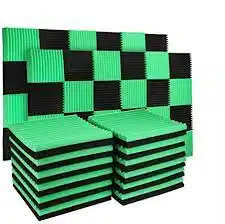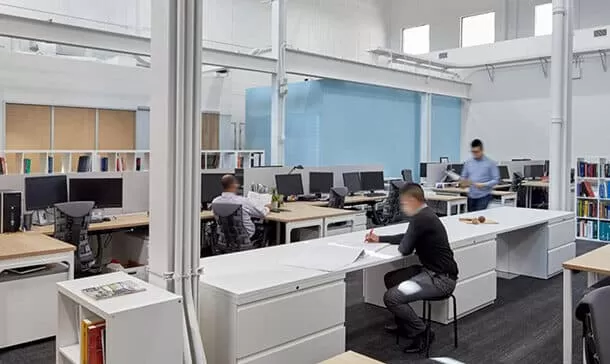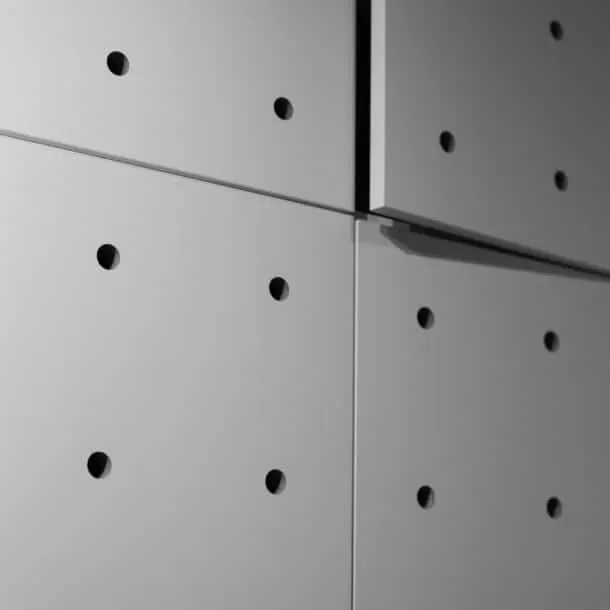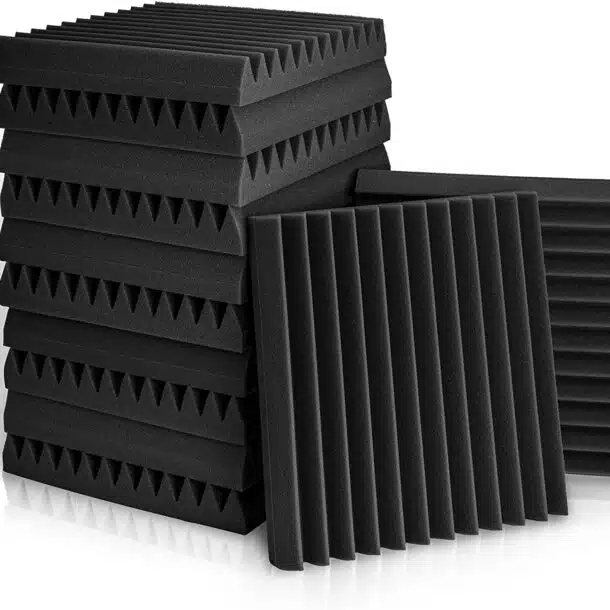
Sound Proofing in Educational Buildings: Sound Proofing Materials at Glance
If you’re involved in the design or specification of an educational setting and considering soundproofing material, there are some key things to consider. Whether you’re an architect or Head Teacher, making sure you get the most out of your acoustic design is imperative.

Do’s
Consider school building regulations
School acoustics are regulated during the design and refurbishment of school buildings as they are so important. The main objectives for classroom acoustics are that all speech, either between or among teacher and pupil, should be heard clearly. This is measured by the speech transmission index (STI) and has to meet certain standards in order to be approved.
Think about room furnishings
Noise will reflect off any hard, shiny surface so think windows, desks and hard floors. Essentially, every item in your school. This means reverberation (noise bouncing around) is high in classrooms meaning noise levels can spiral. Carpets, rugs and soft furnishings can help dampen sound by absorbing the reverberations. Pairing this with specially designed and placed acoustic treatment such as Acoustic Foam Panels or wall panels will effectively minimise reverberations.
Think about how thick a classroom wall is.
Today, retractable wall partitions are a common feature in classrooms, allowing schools to efficiently utilise limited space. These thin wall designs may, however, be unsuccessful at reducing noise transmission. Soundproofing panels will prevent noise from transferring between rooms in schools with retractable wall partitions or thin walls between them. This is crucial for English classes that are scheduled in the space next to Music.
Don’ts
Don’t disregard the SEN provision.
Any acoustic design provision must be made in a way that is advantageous to all parties.
The Equality Act of 2010 mandates that all schools develop accessible policies for visitors to a school, particularly if doing so enhances the learning environment for students.
Don’t just quiet your classroom.
Start by implementing acoustic treatment in your classroom, but don’t neglect other important areas of your school, such as the cafeteria area, athletic facility, and music/media department.
These vast open areas with hard, shining surfaces bounce sound about like no other because dining rooms and sports halls are frequently filled with enthusiastic and chatty kids.
Types of Sound Proofing Materials:
- Acoustic foam panels: These can be affixed to walls or ceilings and typically consist of polyurethane foam to reduce echo and absorb sound waves.
- The heavy-duty sound-absorbing blankets known as acoustic blankets are used to cover noisy machinery or equipment.

- Acoustic Baffles Clouds are strung from ceilings to absorb sound waves and lessen echoes in sizable areas. Fibreglass, mineral wool, or foam can be used to make them.
- Vinyl that has been “mass loaded” is a thick, dense material used to create a sound barrier between two areas. It is frequently utilised in floors or walls to lessen noise transmission.
- A viscoelastic damping material called “green glue” is used to lessen the transmission of sound waves through walls and ceilings.
- Acoustic curtains: These are used in vast places to absorb sound waves and lessen echo because they are composed of sturdy materials. They are frequently used in theatres and recording studios and can be hung like ordinary curtains.
- Similar to foam panels, acoustic panels can be built of a variety of materials, including cloth, metal, and wood. In big venues, they are employed to dampen echo and absorb sound waves.
- Insulation that is soundproof: This kind of insulation is made to stop sound waves from travelling through floors and walls.
- Double-paned windows: By forming a barrier between a building’s interior and exterior, these windows are intended to limit noise transmission through windows.
As was already noted, one of the common methods for controlling noise in a room is the use of acoustic barriers. By erecting a barrier between the sound source and the listener, they are specifically made to absorb sound and lower noise levels. The substance inside the baffle absorbs the sound waves as they go through it. Although they can also be utilised in smaller places like conference rooms and offices, they are primarily employed in huge settings like auditoriums, theatres, and recording studios.
Conclusion
Acoustically treated surroundings improve concentration, academic success, and wellbeing for students and teachers, resulting in a healthier and happier learning environment.
To make sure you get the best item from our portfolio, our team of acoustic consultants is available to talk about your school’s acoustics needs. We offer a variety of products, such as wall panel pro, cork panels, moss walls, insulation foam, and acoustic foam. All of these acoustic panel choices can be fully tailored to meet your preferences for product features including colour, size, and fabric.





